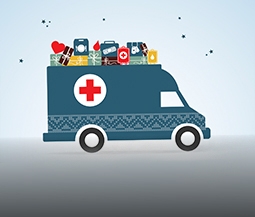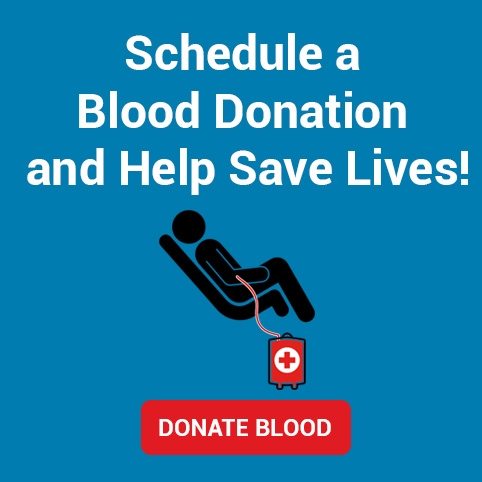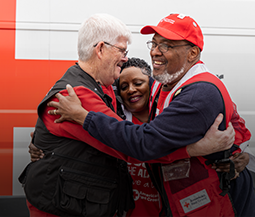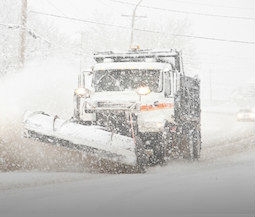Tropical Storm Nate is headed for landfall somewhere along the Gulf Coast this weekend bringing the possibility of heavy wind, rain and storm surge. The American Red Cross is preparing to respond if necessary and urges people in the path of the storm to get ready too.
Experts say Nate could intensify as it moves over warm water. Red Cross workers in Florida, Georgia, Alabama, Mississippi and Louisiana are preparing to set up shelters and provide meals, prepositioning supplies to be in place before the storm makes landfall.
HURRICANE SAFETY STEPS
History shows that storm tracks can change quickly and unexpectedly. That’s why it is critical for people in the path of Nate to make their preparations now by following these ten safety steps:
1. Know the terms used to identify severe weather. A Hurricane Watch means conditions are a threat within 48 hours. Review your hurricane plans. Get ready to act if a warning is issued, and stay informed. A Hurricane Warning means conditions are expected within 36 hours. Complete your storm preparations and leave the area if directed to do so by authorities. Tropical Storm Watches and Warnings: Take these alerts seriously. They often bring life-threatening flooding and dangerous winds.
2. Listen to local radio, NOAA radio or TV stations for the latest information and updates.
3. If local or tribal officials order evacuations, evacuate. Be prepared to evacuate quickly. You can find shelters by visiting redcross.org or by downloading the free Red Cross Emergency App.
4. Keep a battery-powered radio handy.
5. Be familiar with evacuation routes, have a communications plan.
6. Fill your car's gas tank in case an evacuation notice is issued.
7. Build an emergency kit that contains supplies for about three days, to include a gallon of water per person per day, non-perishable food, a flashlight and extra batteries, a first aid kit, medications and copies of important documents. Remember items for young children such as diapers, and family members with special medical needs.
8. Create an evacuation plan for your household. Learn about how your community responds to hurricanes and plan routes to local shelters. If you already have a disaster kit, replenish any items missing or in short supply, especially medications or other medical supplies.
9. Don’t forget your pets. Bring them indoors and maintain direct control of them. Prepare an emergency kit for your pets, including sturdy leashes or pet carriers, food and water, bowls, cat litter and pan and photos of you with your pet in case they get lost. Additional pet safety tips are available.
10. Businesses of all sizes should prepare in advance for the approaching storm to prevent loss of life, property, or disruption to operations.












